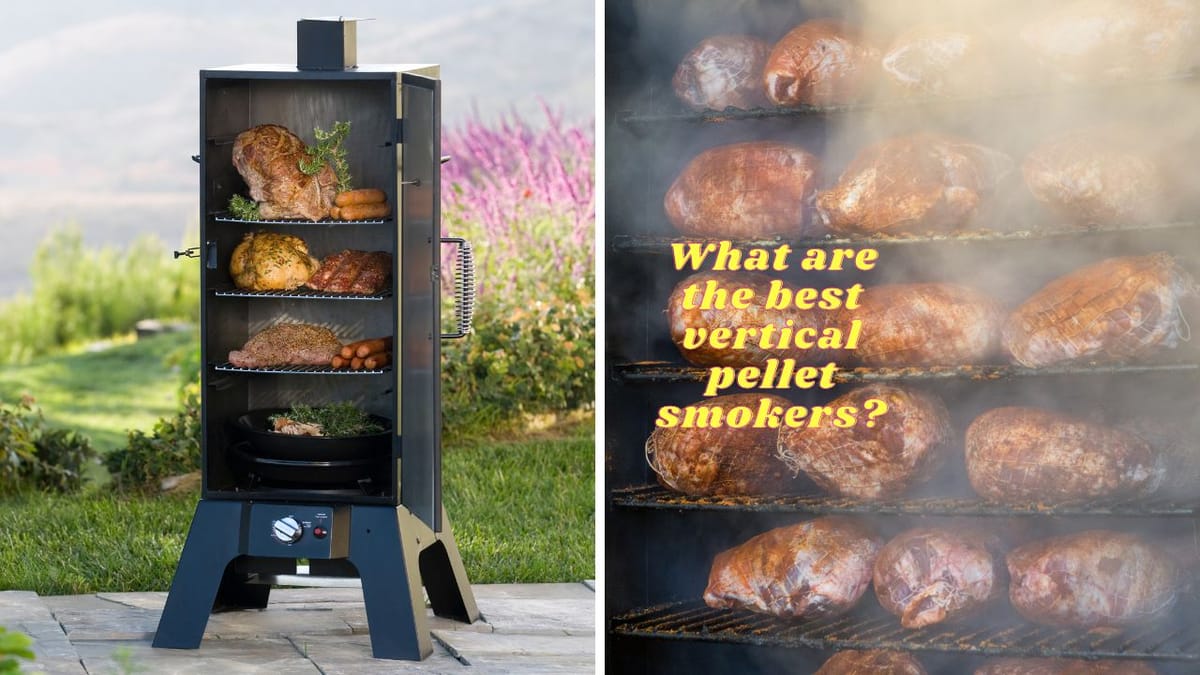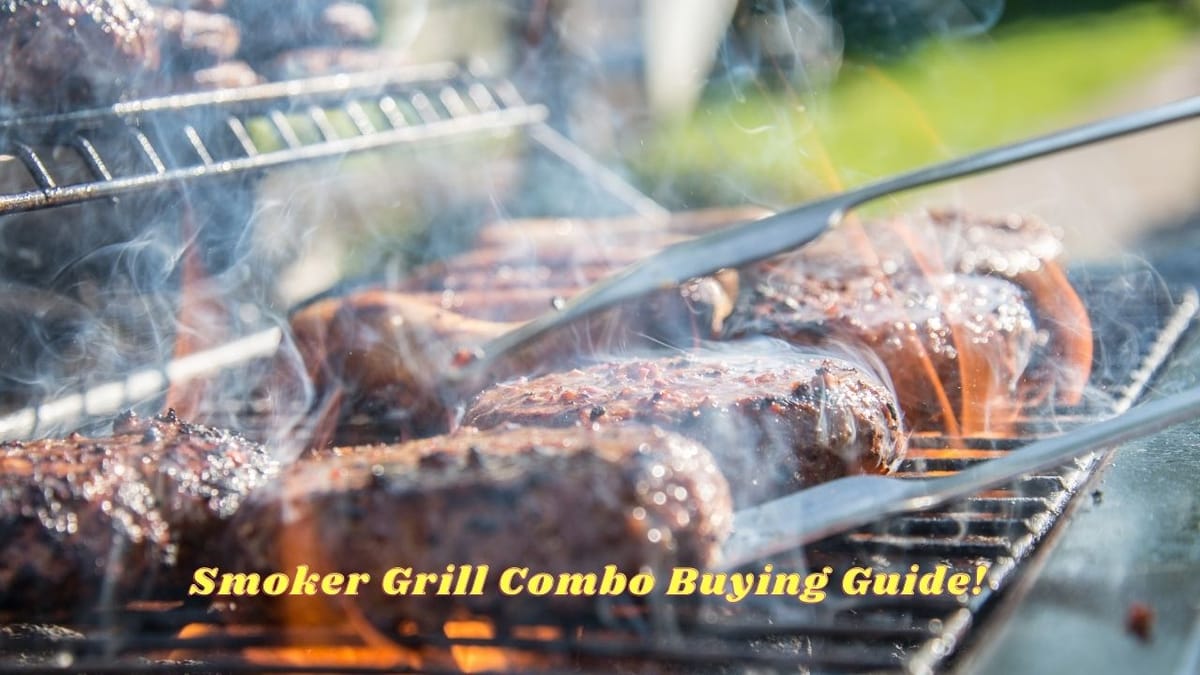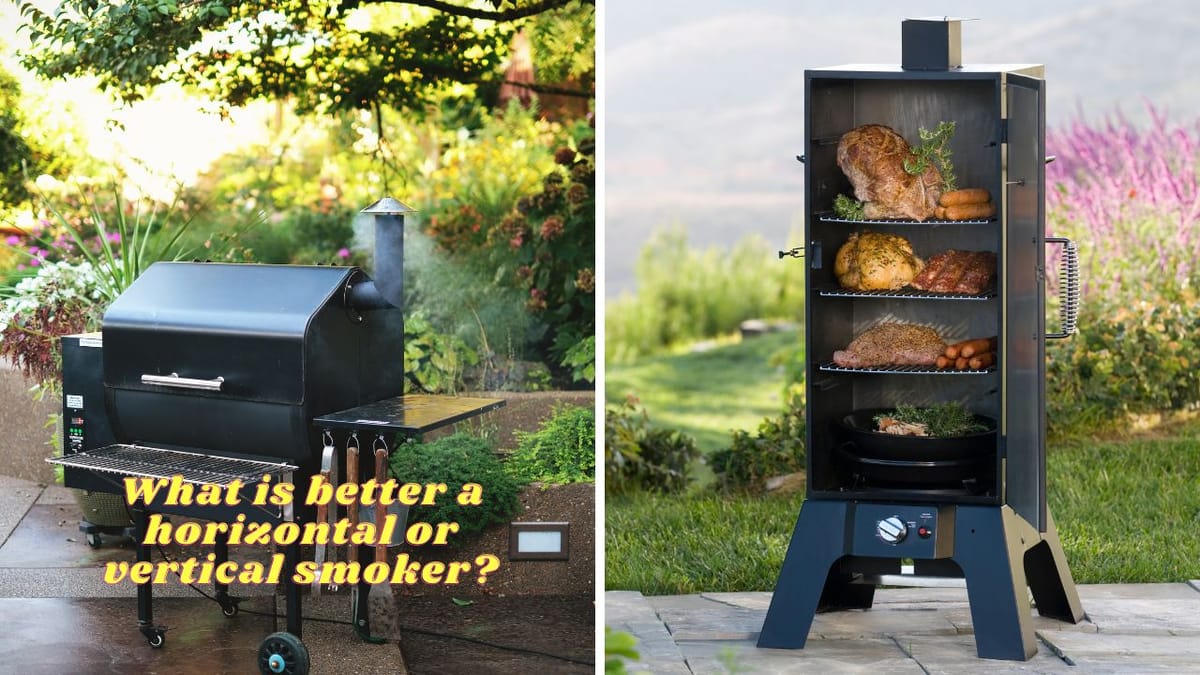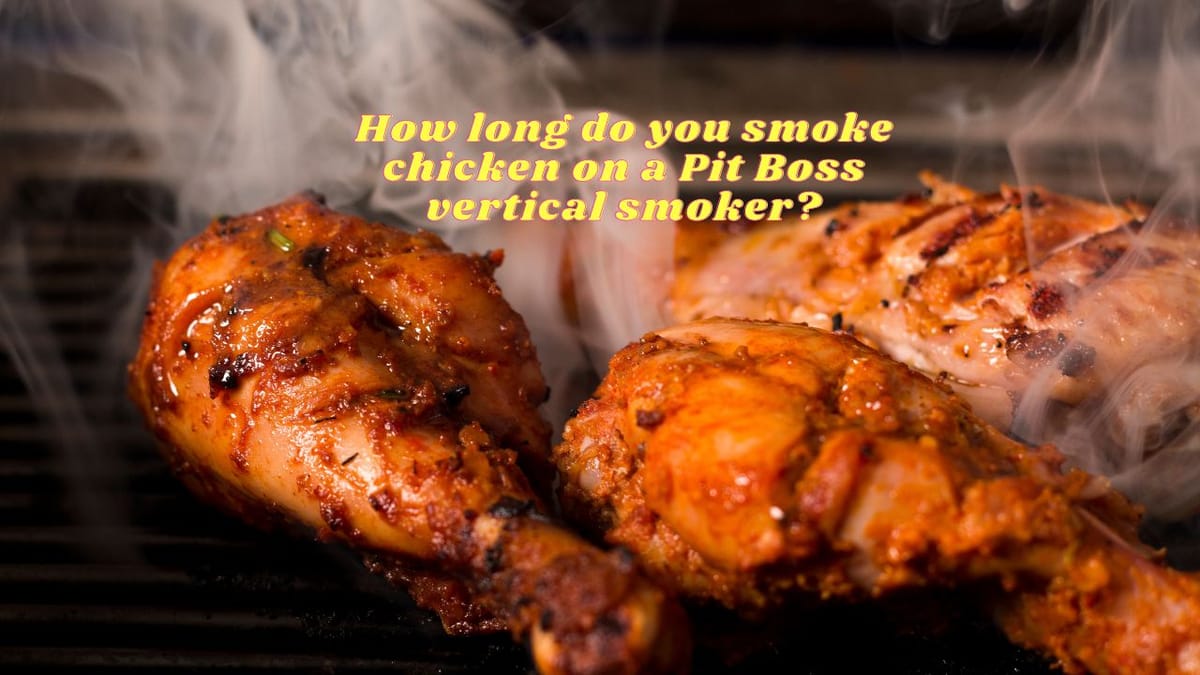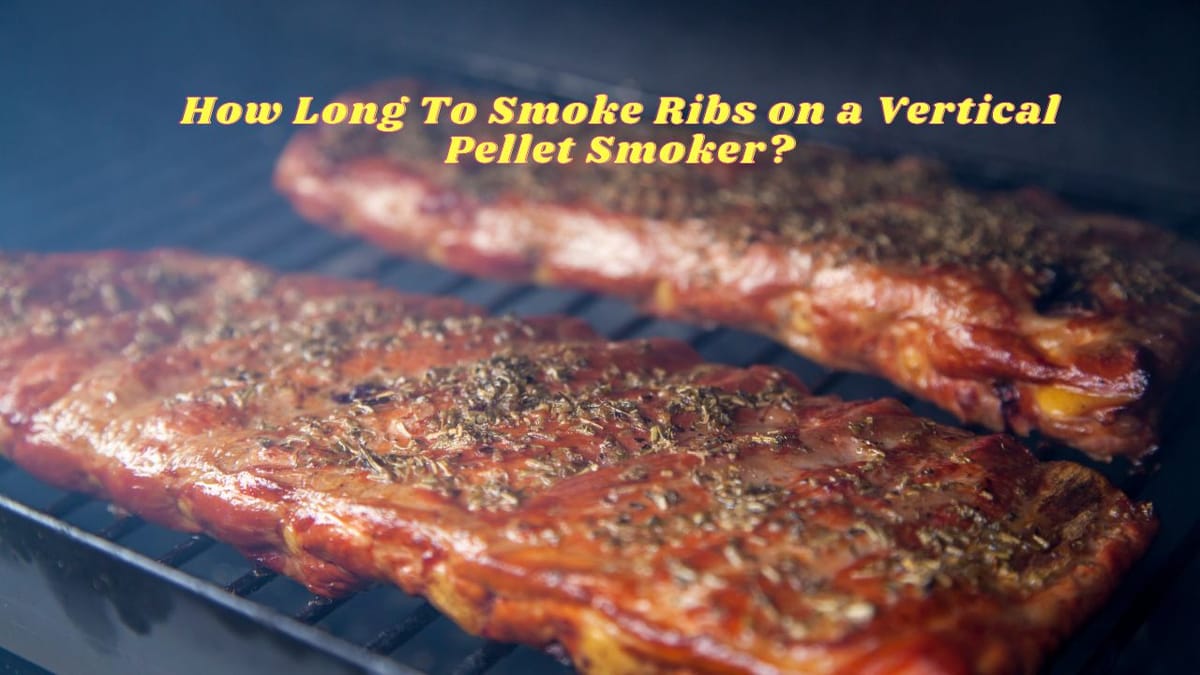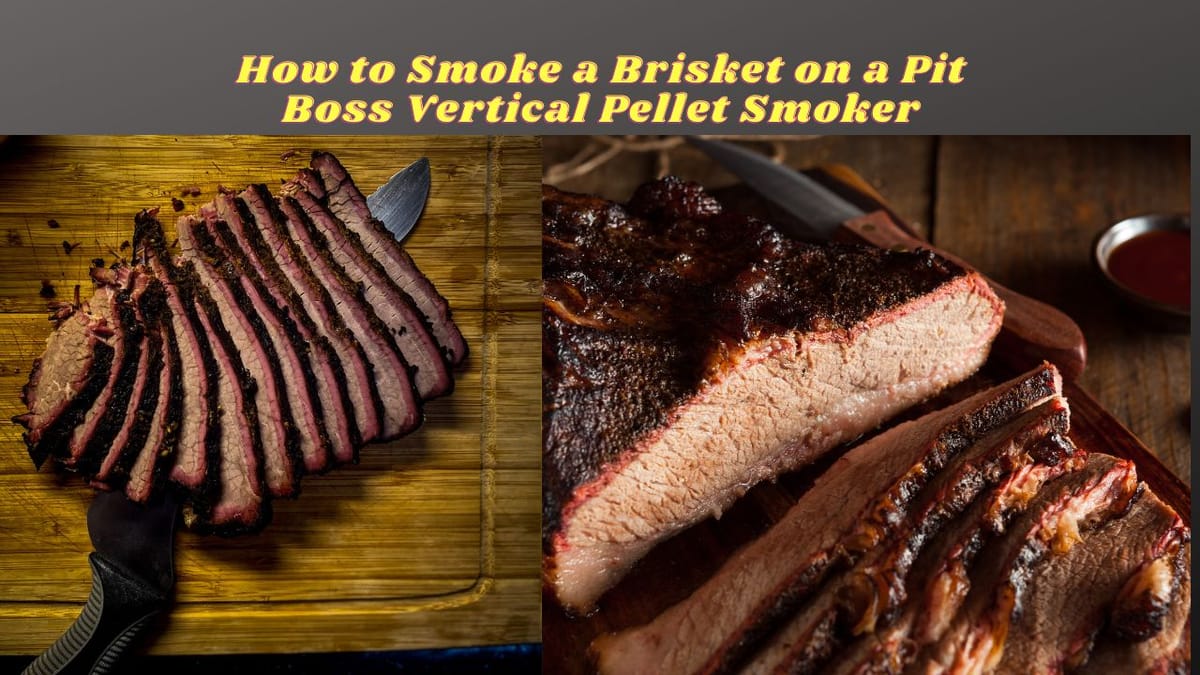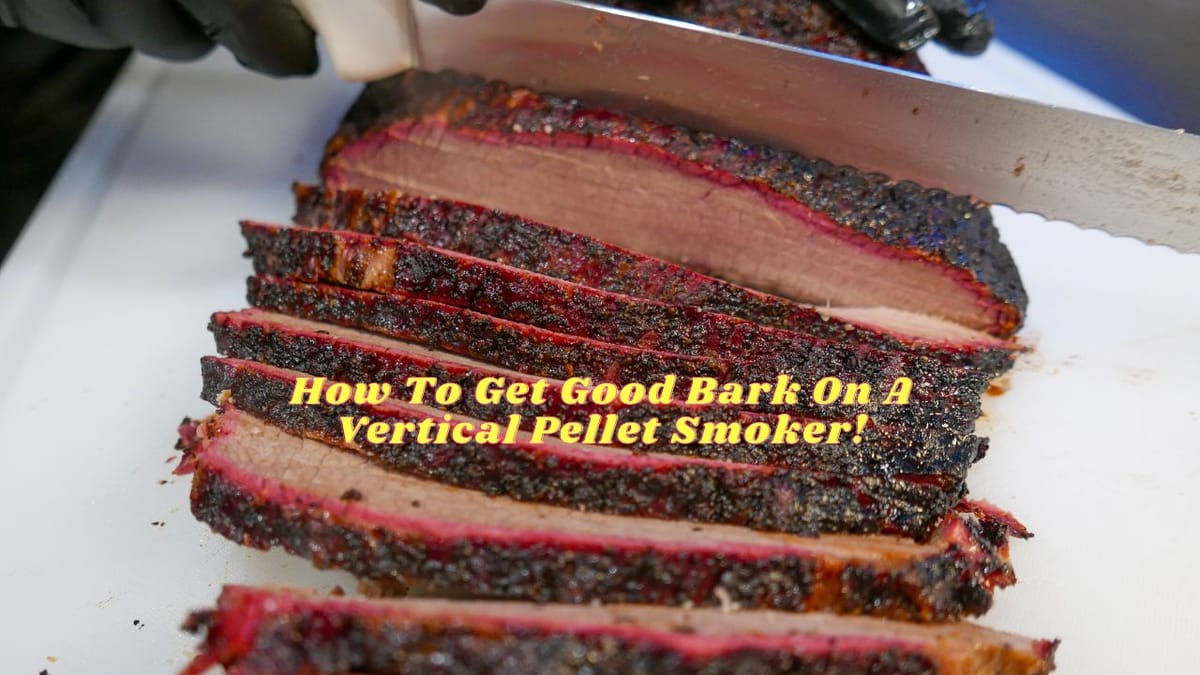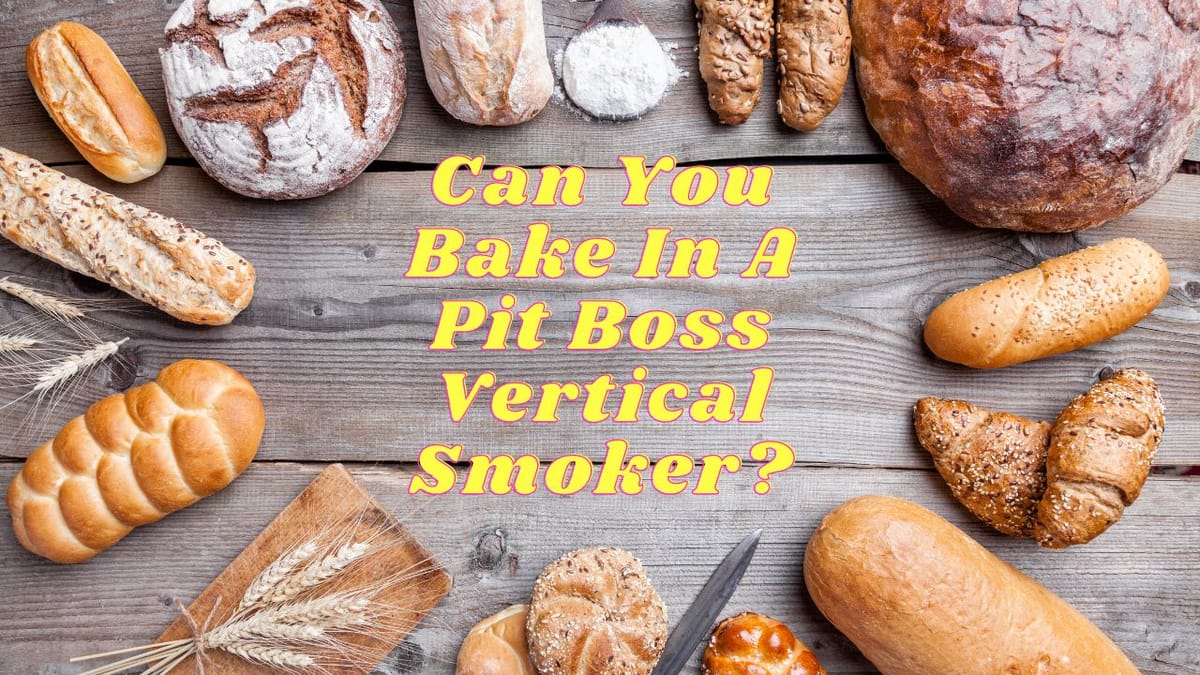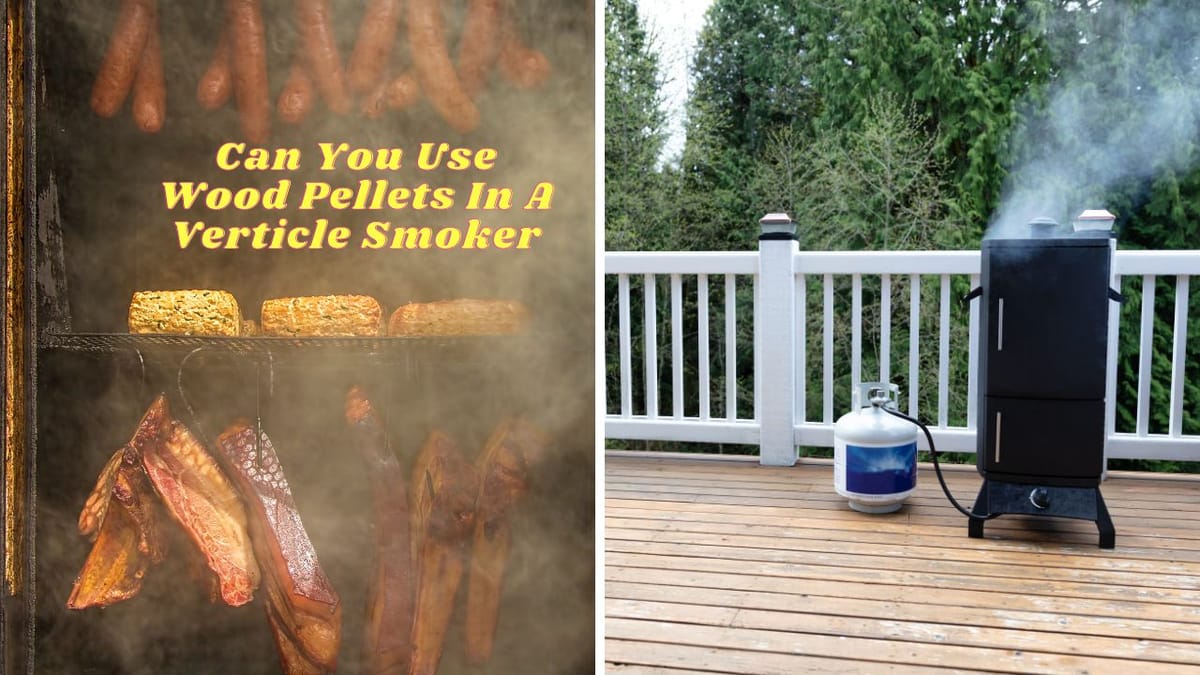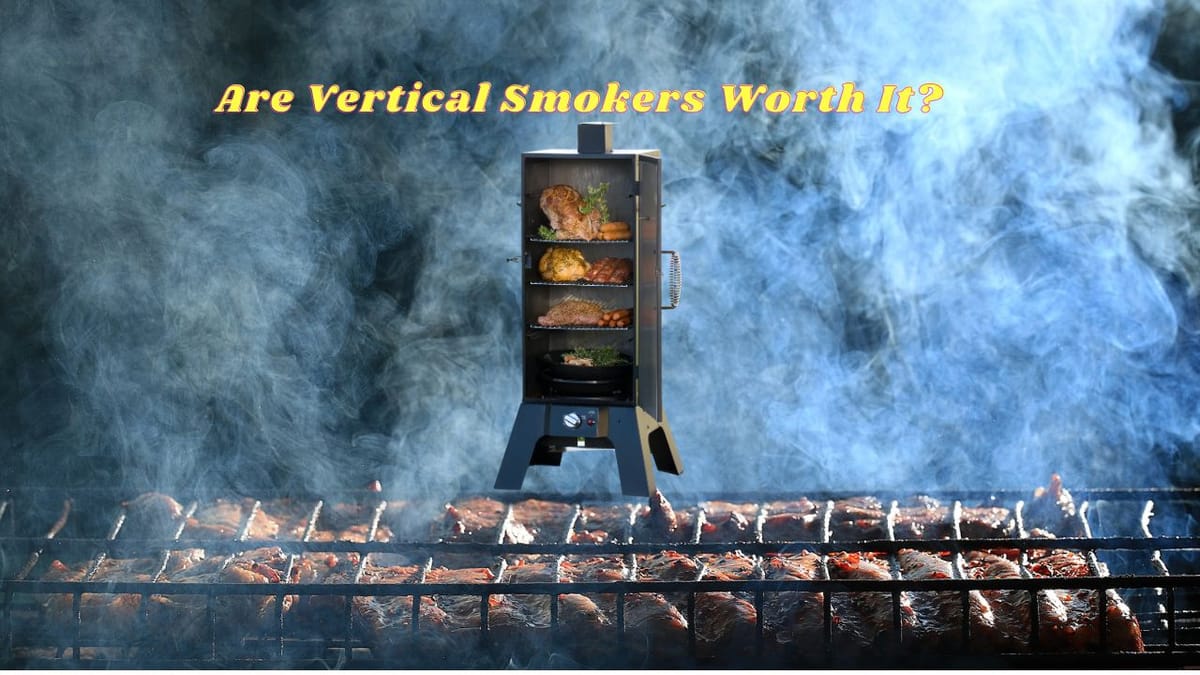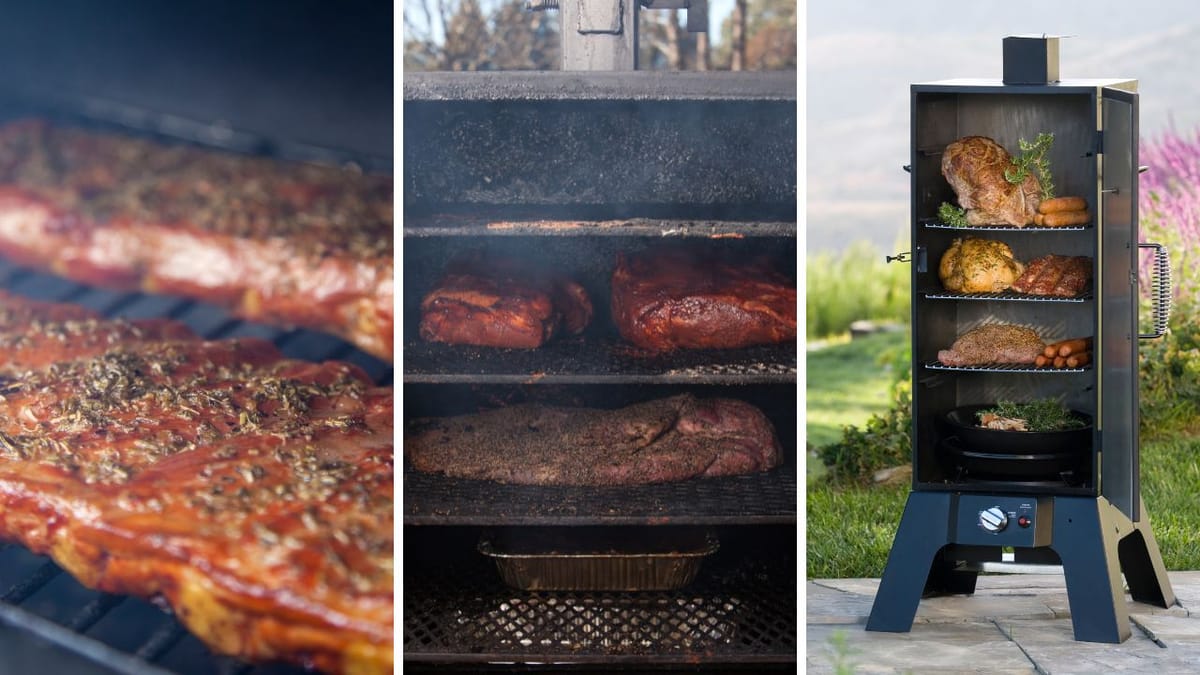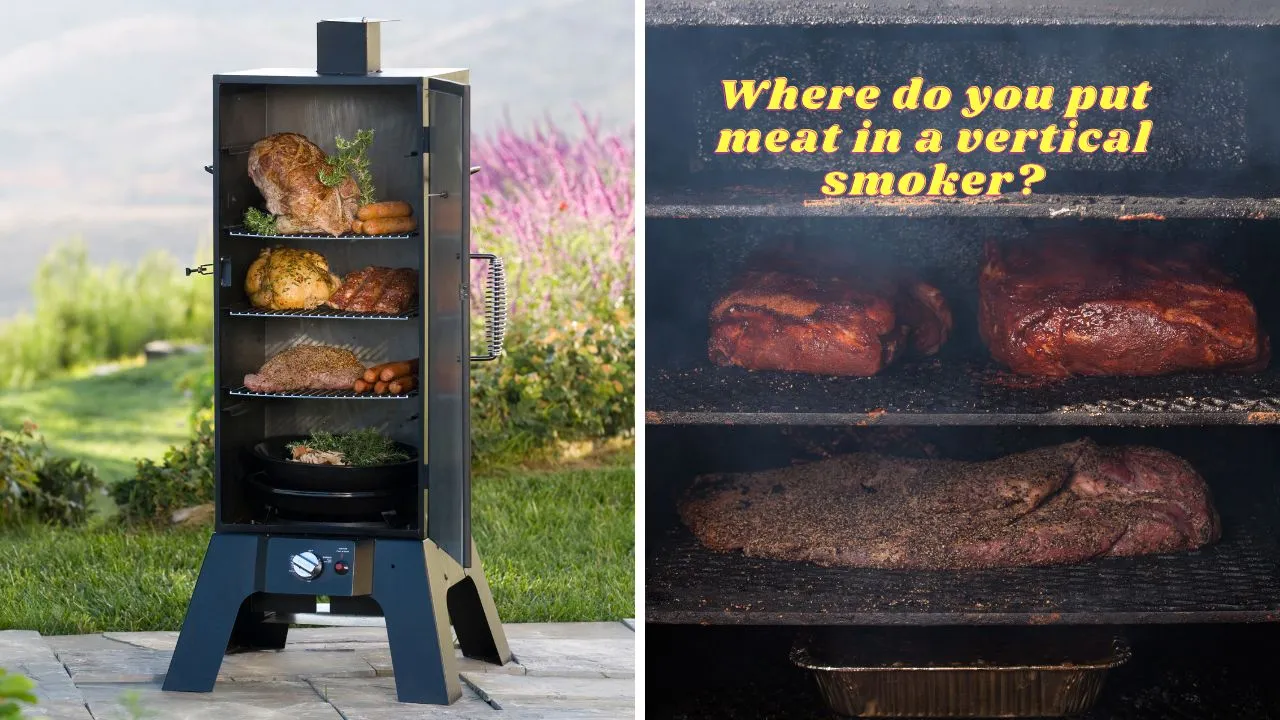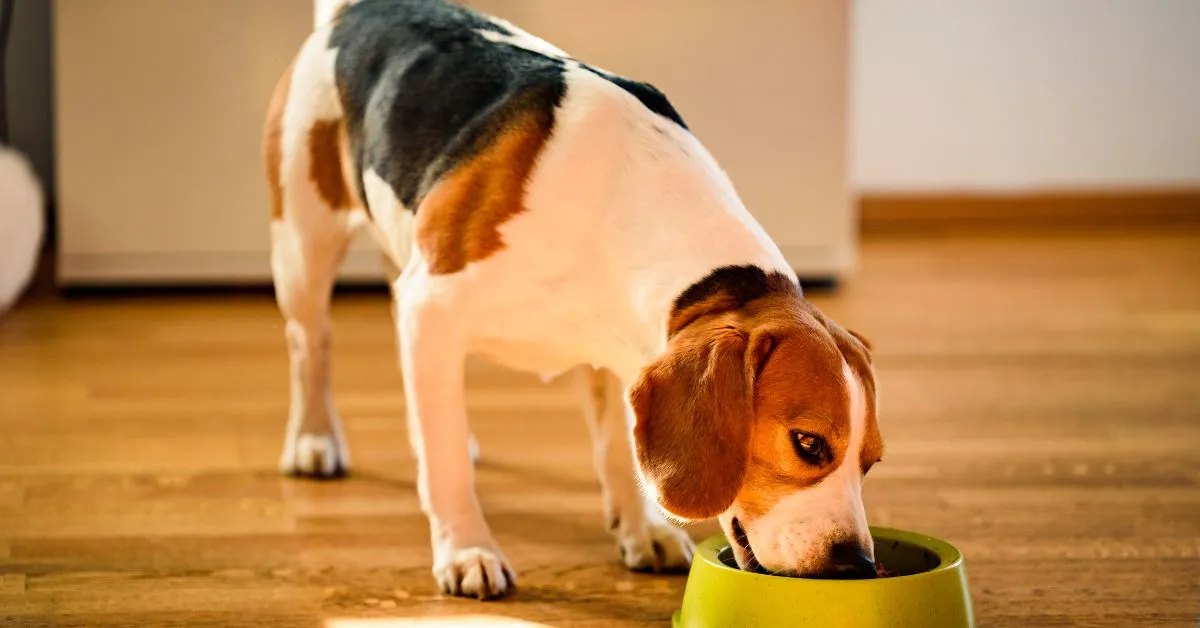Table of Contents
Smoking meat is an art form that combines patience, skill, and knowledge. For those who have chosen the vertical smoker as their canvas, understanding where to place meat is crucial for achieving that perfect smoky flavor and tender texture. In this comprehensive guide, we'll delve into the nuances of meat placement within a vertical smoker, ensuring that your next barbecue is nothing short of a smoky sensation.
Key Takeaways:
- Understanding the heat zones in a vertical smoker is essential for optimal meat placement.
- Different types of meat require different smoking strategies and positions within the smoker.
- Proper airflow and meat placement can significantly affect the smoking process and the final taste.
Understanding Your Vertical Smoker
Before you can master meat placement, it's important to understand how a vertical smoker operates. Vertical smokers typically have a heat source at the bottom, with the smoke and heat rising through the chamber to cook the meat. The design of these smokers allows for efficient use of space and can accommodate multiple cuts of meat on different racks.
Knowing the hot spots and cooler areas within your smoker is key. The heat source's proximity to the meat can vary, creating different temperature zones. These zones are crucial for deciding where to place different types of meat based on their cooking temperature requirements.
The Importance of Heat Zones
Heat zones within a vertical smoker are not uniform. The area closest to the heat source will be the hottest, while the topmost part will be cooler, though still receiving consistent heat and smoke. This variance is what allows you to smoke different meats at their ideal temperatures simultaneously.
For example, thick cuts of meat that require longer cooking times, like brisket or pork shoulder, are best placed in the lower racks where the heat is more intense. Conversely, delicate items like fish or vegetables can be placed on the upper racks where the heat is gentler.
Selecting the Right Rack for Your Meat
When it comes to rack selection, the type of meat you're smoking is a critical factor. Tougher, larger cuts that need low and slow cooking should be closer to the heat source. This allows them to break down over time, becoming tender and flavorful.
On the other hand, smaller or more delicate items, such as chicken breasts or sausages, benefit from being placed on the higher racks. This positioning prevents them from overcooking and drying out, ensuring a juicy result.
Balancing Meat Placement and Airflow
Airflow is another crucial aspect of smoking meat. Your vertical smoker needs to maintain a consistent flow of air to keep the fire going and to distribute smoke throughout the chamber. When placing meat in the smoker, ensure that it does not obstruct the airflow.
Arrange the meat so that there is space between each piece, allowing smoke to circulate freely. This not only helps in cooking the meat evenly but also imparts that desired smoky flavor uniformly across all cuts.
The Role of Meat Size and Thickness
The size and thickness of your meat cuts will also dictate their placement within the smoker. Thicker cuts, as mentioned, should be closer to the heat source, but they should also be given ample room to cook evenly.
For meats of varying thicknesses, consider placing the thicker parts closer to the heat source and the thinner parts further away. This strategy helps in cooking the meat evenly, preventing thinner sections from becoming overdone before the thicker sections are fully cooked.
Managing Different Meats Together
If you're smoking more than one type of meat, you'll need to strategize their placement. Start with the meat that requires the longest cooking time and the highest temperature. As these meats cook, you can add others to the racks above, timing it so that all meats finish cooking around the same time.
For instance, if you're smoking a brisket and some ribs, the brisket would go on a lower rack due to its longer cooking time, while the ribs could be placed above after the brisket has been smoking for a few hours.
Monitoring Temperature for Perfect Results
An accurate thermometer is your best friend when using a vertical smoker. Monitoring the internal temperature of your meats is essential for knowing when they are perfectly cooked. It's also important to keep an eye on the smoker's internal temperature to ensure it remains consistent.
Place a thermometer probe at the level where your meat is situated to get the most accurate reading. This will help you make any necessary adjustments to the smoker's temperature or the meat's placement.
Adjusting for Weather and External Factors
External factors like weather can affect your smoker's temperature. On windy or cold days, the smoker may struggle to maintain heat, while on hot days, it might run hotter than usual. Adjust the placement of your meat accordingly, moving it lower or higher in the smoker to compensate for these changes.
Experimenting with Wood and Flavors
The type of wood you use for smoking can also influence where you place your meat. Different woods impart different flavors, and some are stronger than others. If you're experimenting with a new wood type, consider placing the meat further from the heat source to avoid overpowering it with smoke.
Summary
Mastering meat placement in a vertical smoker is about understanding the dynamics of heat zones, airflow, and the characteristics of the meat you're smoking. By selecting the right rack based on meat type and size, balancing airflow, monitoring temperatures, and adjusting for external factors, you can achieve perfectly smoked meats every time. Remember to experiment with different woods and flavors to find the perfect combination for your taste.
FAQ Section
How do I know which rack to use for different types of meat?
Tougher cuts that require longer cooking times should be placed on lower racks near the heat source, while delicate meats should be placed on higher racks. Use the heat zones to your advantage to cook different meats at their ideal temperatures.
Can I smoke different meats at the same time in a vertical smoker?
Yes, you can smoke different meats simultaneously by strategically placing them in the smoker based on their cooking time and temperature requirements. Start with the meat that takes the longest to cook and add others as the smoking process progresses.
How does external weather affect meat placement in a smoker?
Cold or windy weather can cause the smoker to lose heat, so you may need to place meat lower in the smoker to maintain the correct cooking temperature. Conversely, on hot days, you might need to place meat higher to avoid overheating. Always monitor the internal temperature of the smoker and adjust accordingly.
Other Related Articles
